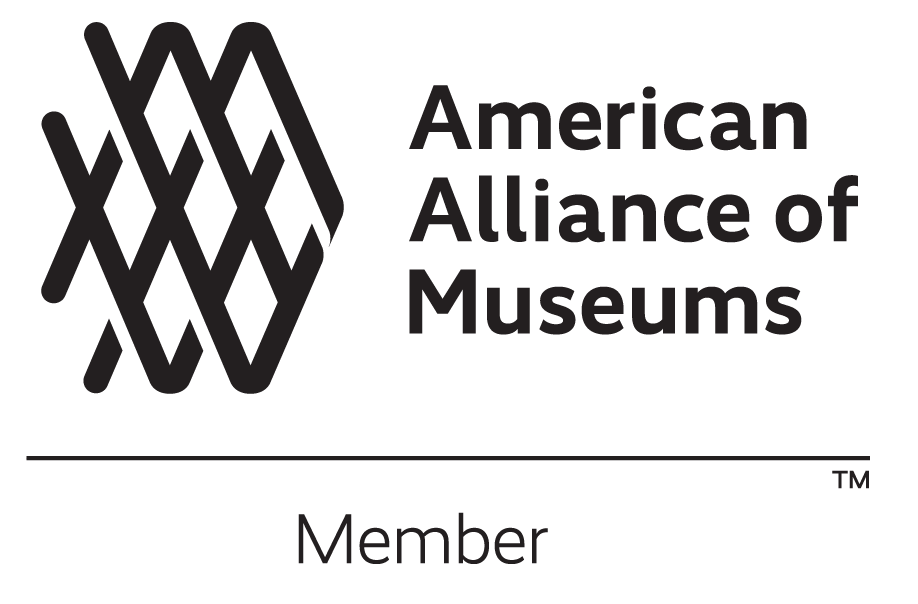By Jessica B. Phillips ~ Past Executive Director
Originally published in 2018, this post has since been edited by current Executive Director Scott M. Dwyer to reflect present circumstances and the latest information known to us.
At its annual membership meeting on December 4, 1913, Sons of the Revolution℠ in the State of New York, Inc. announced the recent acquisition of a portrait of Samuel Fraunces, the Tavern's original proprietor and namesake, a New York City tavern keeper, entrepreneur, Patriot spy during the American Revolution, and George Washington’s chief household steward. But in 2017, this identification was called into question. Today, neither the Society nor the Museum use this portrait to identify Samuel Fraunces.
The painting was originally purchased by the Society’s Secretary Henry Russell Drowne for thirty-five dollars at the Merwin Sales Company November 17, 1913 auction of property of Mrs. Anna E. Macy of Riveredge, N.J. and others. The auction catalogue listed Lot 235 as "Artist Unknown / Colonial Period / Portrait of Samuel Fraunces. / Canvas. Height 29in.: width, 23in.” Merwin also sold paintings identified as other Fraunces family members that year, including his sister (Lot 238) and mother (Lot 324, May 6th auction of property of Will Carleton and others). The Samuel Fraunces portrait was hung proudly in the Museum's galleries and interpreted as the image of Samuel Fraunces for over a century. Merwin ceased doing business in 1917. Drowne authored the book A Sketch of Fraunces Tavern and Those Connected with Its History, published in 1919.
With the growth of the Museum in the 20th century, the painting’s provenance was looked at more critically by professionals. During its last conservation in 1978 by Appelbaum and Himmelstein, it was determined that the painting had likely been cut down by one to three inches from its original size. In 2010, Collections Manager and Curator Suzanne Prabucki engaged conservator Alexander Katlan who determined the portrait had been previously restored in the 19th century. Also, the style of the portrait and cracking structure of the paint indicated it was painted between the late 18th and early 19th centuries.
In 2016, under the direction of then Executive Director Jessica B. Phillips, Dr. Jeffrey Michael Taylor and Thiago Piwowarczyk of New York Art Forensics provided pro bono analysis. Viewing the different color hues using an X-ray Fluorescence Spectrometer (xrf) under both strong visible light and ultra-violet light, they determined the portrait to be an authentic 18th century oil on canvas painting.
While this portrait is only one piece among over 8,000 in the Museum’s collection, it has been a continual focus of ongoing research. In 2017, an effort to digitize the Museum’s collection was begun to increase public access. This portrait was among the first to be listed in the Fraunces Tavern Museum Online Collections Database.
2016 Forensic Investigation of Samuel Fraunces Portrait (left to right) Jessica B. Phillips, PAST Executive Director, Dr. Jeffrey Michael Taylor, and Thiago Piwowarczyk
In December of 2017 the Museum received an email inquiry based on our newly accessible online collection. A historian from Germany, Dr. Arthur Kuhle, was researching the Prussian court of Frederick the Great (who reigned from 1740 to 1786) as well as Frederick’s court painter, French-born Antoine Pesne, and Pesne’s student, Joachim Martin Falbe. In Dr. Kuhle’s research he stumbled upon a painting at the Staatliche Kunstsammlungen in Dresden, Germany. The painting is titled “Portrait of a cavalier (gentleman)” as the name of the subject is unknown. The painting’s complete provenance is also unknown but it has been attributed to both Pesne and Falbe. It was exhibited in the Gerstenberger art exhibition in Chemnitz, Germany (as Count of Lüttichau by Antoine Pesne) in 1939. However, according to the Staatliche Kunstsammlungen, Lüttichau descendants have not identified the subject as a member of their family.
Artists often produce multiple works of the same subject in a similar style to both meet demand and reflect the tastes of the time. It is clear that the Fraunces Tavern Museum and Staatliche Kunstsammlungen portraits are of the same person. But who is the subject?
Michael Gabriel Fredersdorf by Antoine Pesne, c. 1750, located in the village church of Zernikow, germany
Dr. Kuhle believes the subject is a member of Frederick’s most intimate inner circle of male friends who lived with him at his palace in Rheinsberg. In Frederick’s early years he commissioned a portrait cycle of these intimate friends; four portraits are known and are part of the collection of the Museum Huis Doorn in The Netherlands today. They include Dietrich von Keyserlingk, Charles Etienne Jordan, Isaak Franz Egmont von Chasot and Ernst Heinrich August de la Motte Fouqué. But it is well documented that Frederick had six intimates at the time, including Michael Gabriel Fredersdorf (1708-1758) and Francesco Algarotti (1712-1764). Both of these men are missing from the cycle, but are the subject of other works by Pensne and Jean-Etienne Liotardthat that bear a resemblance to the Fraunces Tavern Museum and Staatliche Kunstsammlungen paintings. Could Fredersdorf or Aglortti be the subject of these paintings? Why don’t we know for sure?
Kuhle has a theory. Frederick the Great is known for his successful victory in the Seven Years War and as the father of the Prussian Enlightenment, with a special devotion to music and science. He was also close friends with philosophers and musicians such as Voltaire and Carl Philipp Emanuel Bach (son of Johann Sebastian Bach). In recent years, however, historians have focused less on Frederick’s accomplishments during his reign and more on his sexuality.
Writings of Frederick, his friends, peers, and more recently scholars and historians, indicate Frederick the Great was homosexual. But his rather public private life, and the intimate relations with his inner circle of male friends, may have been intentionally purged from certain records in order to uphold the traditional image of a heterosexual leader. Hence, the identity of our paintings’ subject and his place in Frederick’s portrait cycle of intimate friends may have been actively lost to history.
Many questions remain, namely, if our portrait has a connection to European nobility, how did it end up in a New Jersey estate sale? Can it also be attributed to Pesne and/or Falbe? We hope to continue our research on our painting and its subject.
If you have additional information that may help us, please contact us at collections@frauncestavernmuseum.org.

![Oil on Canvas, 18th Century, Attributed to Samuel Fraunces, Collection of Fraunces Tavern Museum]](https://images.squarespace-cdn.com/content/v1/57444aa540261d8f099759f9/1536093550373-868TQRI3TPPP83OOXUWS/image-asset.jpeg)






